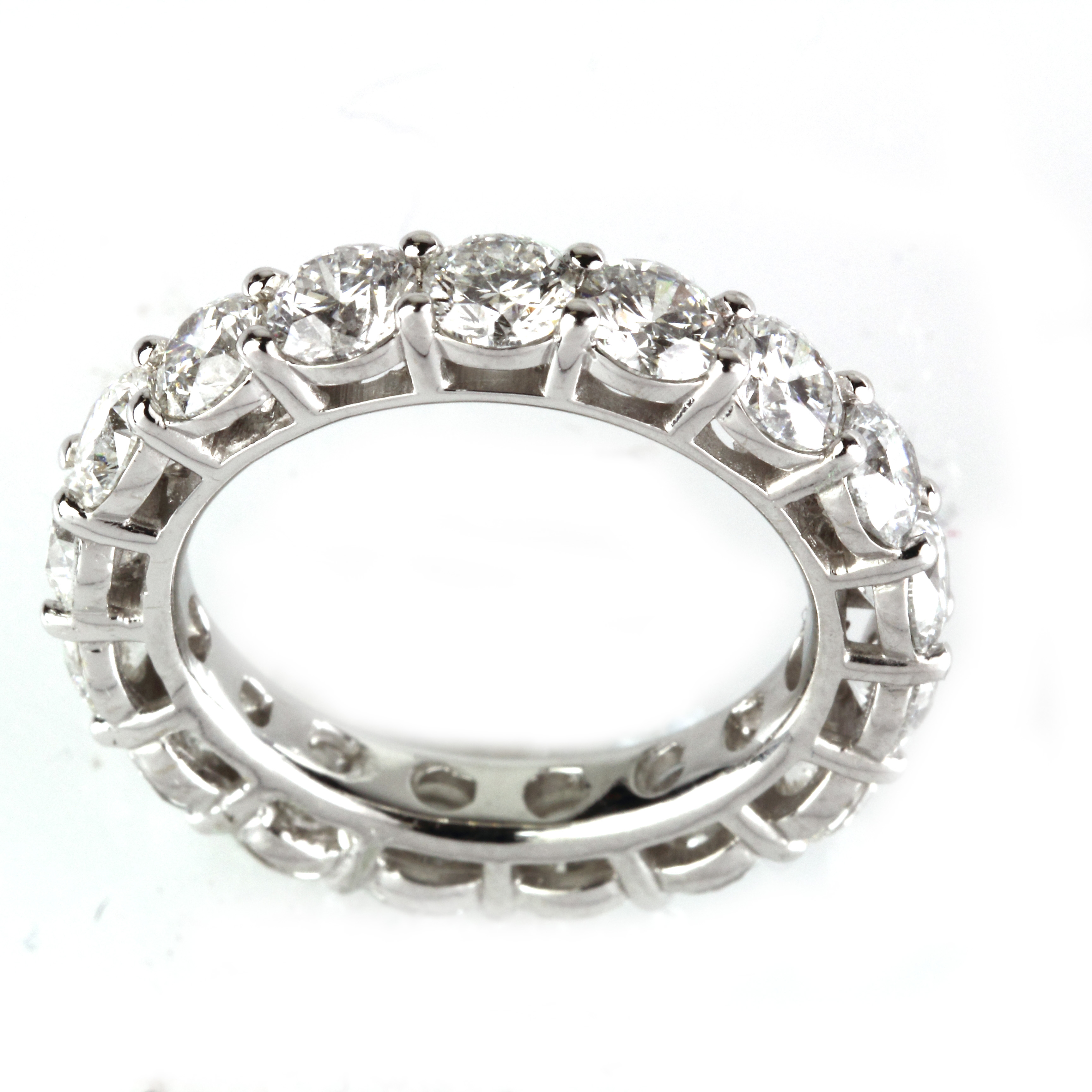
Today’s blog post is written by American Gem Society member, By Marc Nanasi, from NEI
Diamond professionals swear that Cut is the ‘C’ which has the most influence on a diamond’s beauty,and interestingly enough, it is also the only C that is controlled by humans (a diamond’s color, carat weight, and clarity are dictated from the rough stone found in nature). What most people don’t realize about cut is the extensive amount of consideration that goes into the cutting process. Cut can influence a diamond’s value by up to 50%!
The decisions which have the largest affects on the final outcome are made by the ‘planner’ before a single cut is made. When the planner is presented with a rough diamond, the outside has a frosty texture, so he marks a few locations to polish “windows” in to the diamond. These transparent polished surfaces are referred to as windows because they serve as openings for the plannerto look through to try and get the best idea of what is going on inside the diamond. The planner must do his best to see everything and determine the optimal shape, size, and orientation of the soon to be cut diamond. All of these decisions are quite tricky, so only the most skilled and experienced cutters do the planning.
Today, diamond cutters use technology that scans the rough diamond to help guide the planner. Through the use of cameras and lasers, planners can be shown the possible outcomes of diamonds and how much weight will be lost . This technology does not replace the expertise and careful consideration of the planner, rather it serves as an additional tool.
Remember, every diamond is different,so any rough diamond can have up to nine types of internal characteristics, in any shape, of any size, and in any place. Most rough diamonds are formed as an octahedron so the rough diamond can be optimized by cutting them into two polished diamonds.
Once the planner determines the various possibilities, he chooses the diamond that will yield the highest return. In evaluating this, he takes into account current market prices, consumer preferences as certain shapes are more in demand than others. The planner will also need to determine whether it is worth cutting a smaller diamond with fewer inclusions rather than a larger, more included one. For example, a particular piece of rough diamond could be cut in to either a flawless .70ct diamond or a VS1 1.10ct diamond. The job of the planner is to make these tough decisions, based upon what is more valuable and more desirable?
This is just the start of the diamond’s journey. Now that its future is planned, it can begin to be cut and polished. The diamond’s brilliance is just waiting to be unleashed.